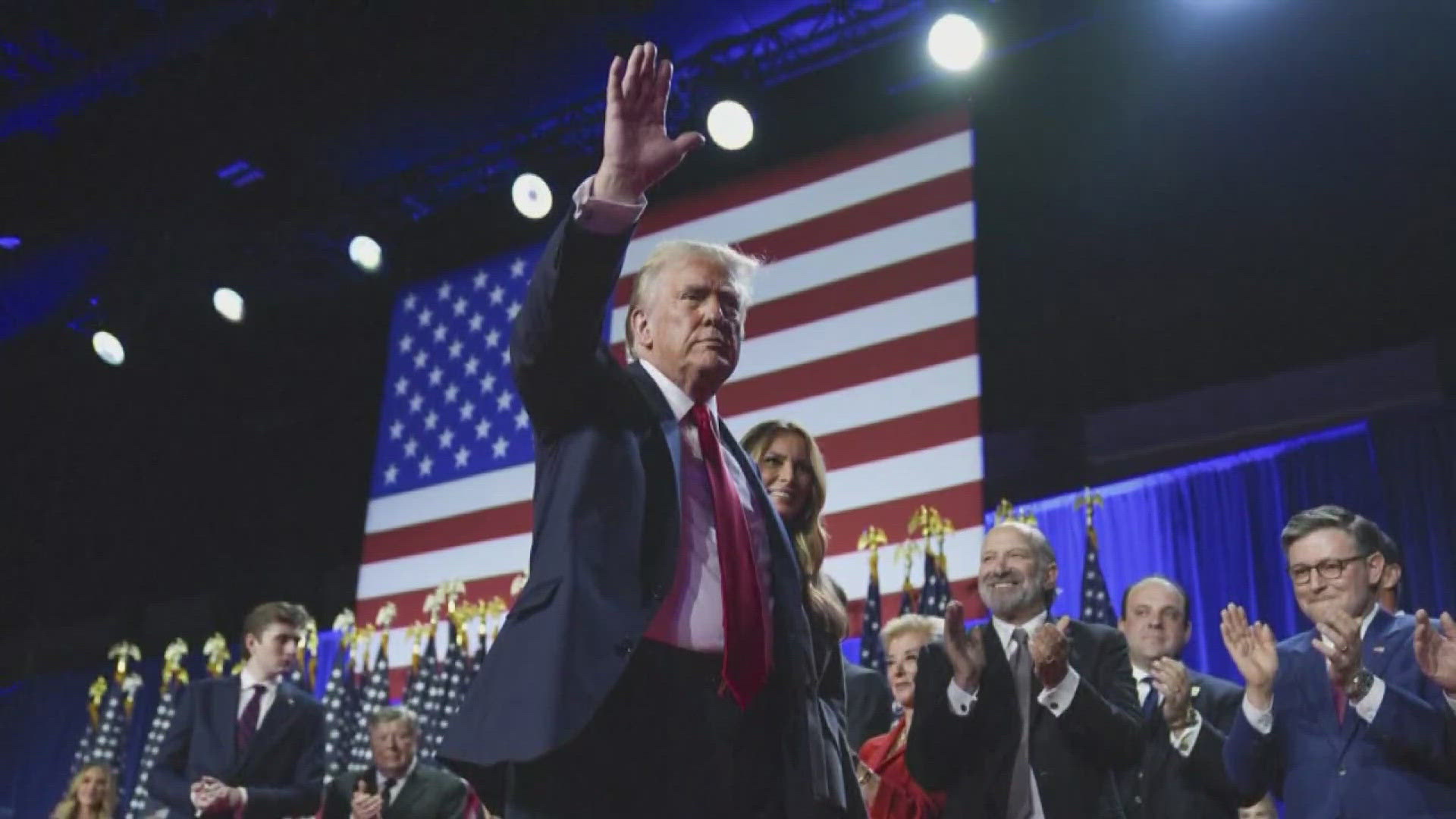SACRAMENTO, Calif. — The California gubernatorial recall election is less than three weeks away, but voting has been going on via mail-in ballots since Aug. 16. To date, more than a million ballots have been cast.
The recall ballot is just two questions: One, should Gov. Gavin Newsom be recalled and, two, who should replace him. If 50% of voters choose “no” on question one, question two becomes moot. This has led to some voters to believe they can hedge their bets by voting “no” and writing in Newsom’s name on question two.
ABC10 looked into this claim by pouring through the trove of information available on the California Secretary of State’s website. ABC10 also spoke with Mary-Beth Moylan the Associate Dean for Academic Affairs at the University of the Pacific’s McGeorge School of Law.
The Question
Can Democratic voters choose “no” on question one of their recall ballots and then write in Gov. Gavin Newsom on question two, essentially giving themselves two ways to win the recall?
The Sources
- Prof. Mary-Beth Moylan, Associate Dean for Academic Affairs and Experiential Learning; Professor of Law, Legal Practice at University of the Pacific
- California Secretary of State’s website (Elec. Code, § 11381(c))
The Answer
No. Democratic voters cannot “double dip” on their ballots to give Gov. Newsom two chances to win because the subject of the recall is ineligible to be written in. (Elec. Code, § 11381(c))
What we found
The answer to this question is cut and dry. No. Voters cannot write in Gov. Newsom’s name on question two of their recall ballots. It’s spelled out plainly in California election code § 11381(c)).
That code states, “A person whose recall is being sought cannot be a candidate to succeed themselves at a recall election.”
In fact, only certified write-in candidates will be eligible and counted. The Secretary of State’s office will release the list of certified write-in candidates on Sept. 3. The filing period to become a write-in candidate is still underway.
“Write-in candidates have to be certified to be counted. So, if (I) decided to write in myself as a replacement candidate, I couldn’t do that because I haven’t filed to be a certified write-in candidate,” Prof. Mary-Beth Moylan said.
Prospective candidates need only to submit a statement of write-in candidacy with their home county’s election official by Aug. 31 and pay a filing fee of $4,194.94 or submit 7,000 verified signatures on petitions in lieu of the fee.
Voters who do fill out their ballot with the name of an uncertified candidate are essentially leaving question two blank. Uncertified names will not be counted.
“I do think there is a lot of misinformation. I think the recall process is a confusing one to begin with. I’ve had conversations with people in my own social circles who are confused about whether people are allowed to vote for a replacement candidate if they vote ‘no’ for the recall. And the answer is, yes you can.”
Moylan describes the recall ballot as essentially two elections that are happening on one ballot. Each question works independently. Voters can participate in both questions or just one question, and it will not affect how they answered on either. The bottom line is, if 50% or more of the voters choose “no” on question one, then Newsom stays the governor until the next regularly scheduled election, which just so happens to be occurring in November 2022.
“I think it would be helpful for voters to think of it as two separate elections on a ballot, and that what you say with respect to one part does not define or confine you on the second part. Except, the elections code I mentioned, that states the governor cannot be a candidate to replace himself.”



